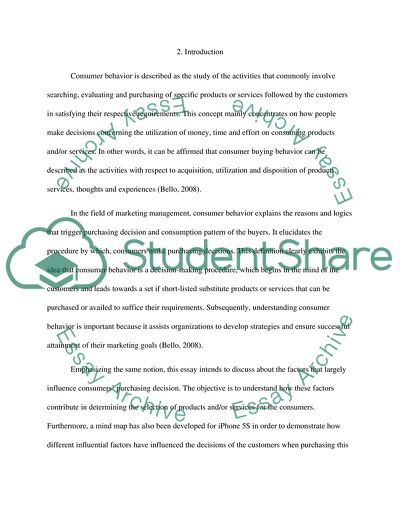Cite this document
(“Factors That Influence Consumers Purchasing Decision Essay”, n.d.)
Retrieved from https://studentshare.org/marketing/1647741-consumer-behavior
Retrieved from https://studentshare.org/marketing/1647741-consumer-behavior
(Factors That Influence Consumers Purchasing Decision Essay)
https://studentshare.org/marketing/1647741-consumer-behavior.
https://studentshare.org/marketing/1647741-consumer-behavior.
“Factors That Influence Consumers Purchasing Decision Essay”, n.d. https://studentshare.org/marketing/1647741-consumer-behavior.


